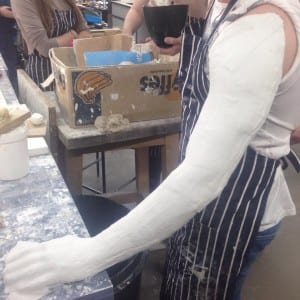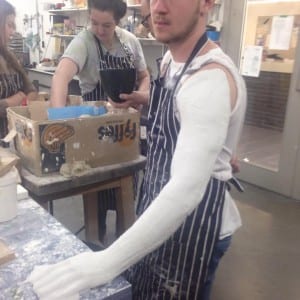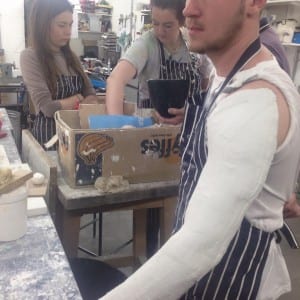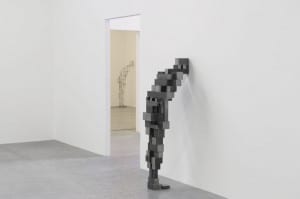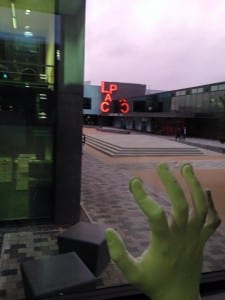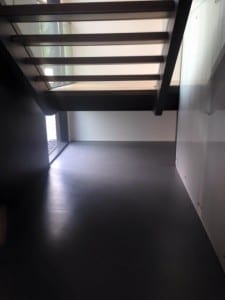Artist Ken Clarke has worked in film studios creating human body sculptures for films. Life cadting is a mould created by materials mixed together and then shaped around the persons body. These moulds can be placed any where and almost instantly they create new and unusual pieces of art. By taking the mould directly from the natural body, the mould casts are extremley lifelike with every detail and every freckle is captured, this makes the casts unique and a performance a one and only. The casts of the body in these moulds create a record of the changes of the human body. A life cast can consist of a pregnant woman ranging to a childs hands. In our performance we have chosen to take inspiration from Ken Clarke and we have experiemented with the variations of body parts that can be cast.
Abigail Earlie
